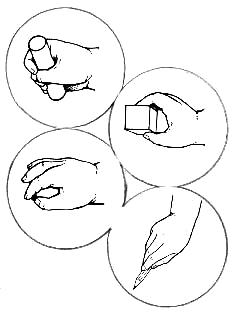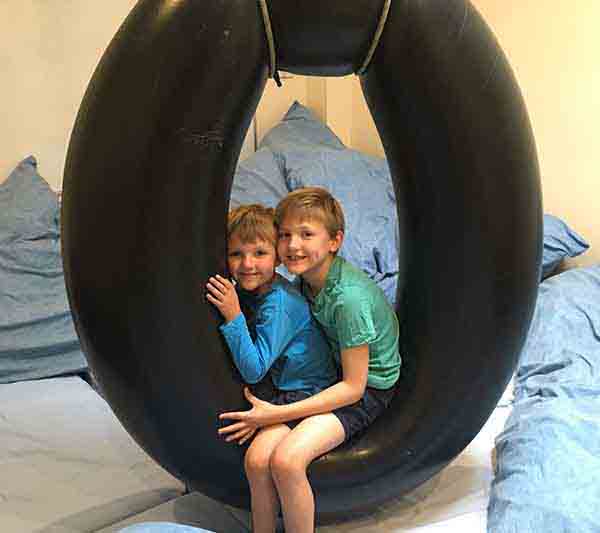고정 헤더 영역
상세 컨텐츠
본문
A study consisting of three components is reported. During Phase One an extensive literature search led to a compiled set of norms for reflexive and voluntary prehensile development. Phase Two included the clinical use and revision of the resultant Erhardt Developmental Prehension Assessment (EDPA). Phase Three involved the testing of the EDPA for interrater reliability, which resulted in highly significant intraclass correlations. Single test item correlations were also analyzed to identify items needing clarification or alteration in preparation for final revision of the instrument. A sample application in the clinical field is illustrated by segments of an EDPA used to develop an Individualized Educational Plan, required by Federal Law 94-142 (Education of All Handicapped Children).

Erhardt Developmental Vision Assessment

Assessments4Children Assessments for children AssessmentDescriptionPopulationBruininks-Oseretsky Test of Motor Proficiency 2nd Ed. (BOT-2)Standardized test that assesses and indexes overall motor proficiency; fine and gross motor composites (speed, duration, accuracy of performance, hand/foot preferences).4 to 21 yearsErhardt Developmental Prehension Assessment (EDPA) Revised and Short Screening Form (EDPA-S)Observation performance checklist, assesses 3 areas: involuntary arm-hand patterns, voluntary mvmts of approach, & prewriting skills. Gaps in hand skills/devel. Levels determined.children of all ages/ cognitive levels with a neurodevelopmental disorderPeabody Developmental Motor Scales 2nd Ed.




